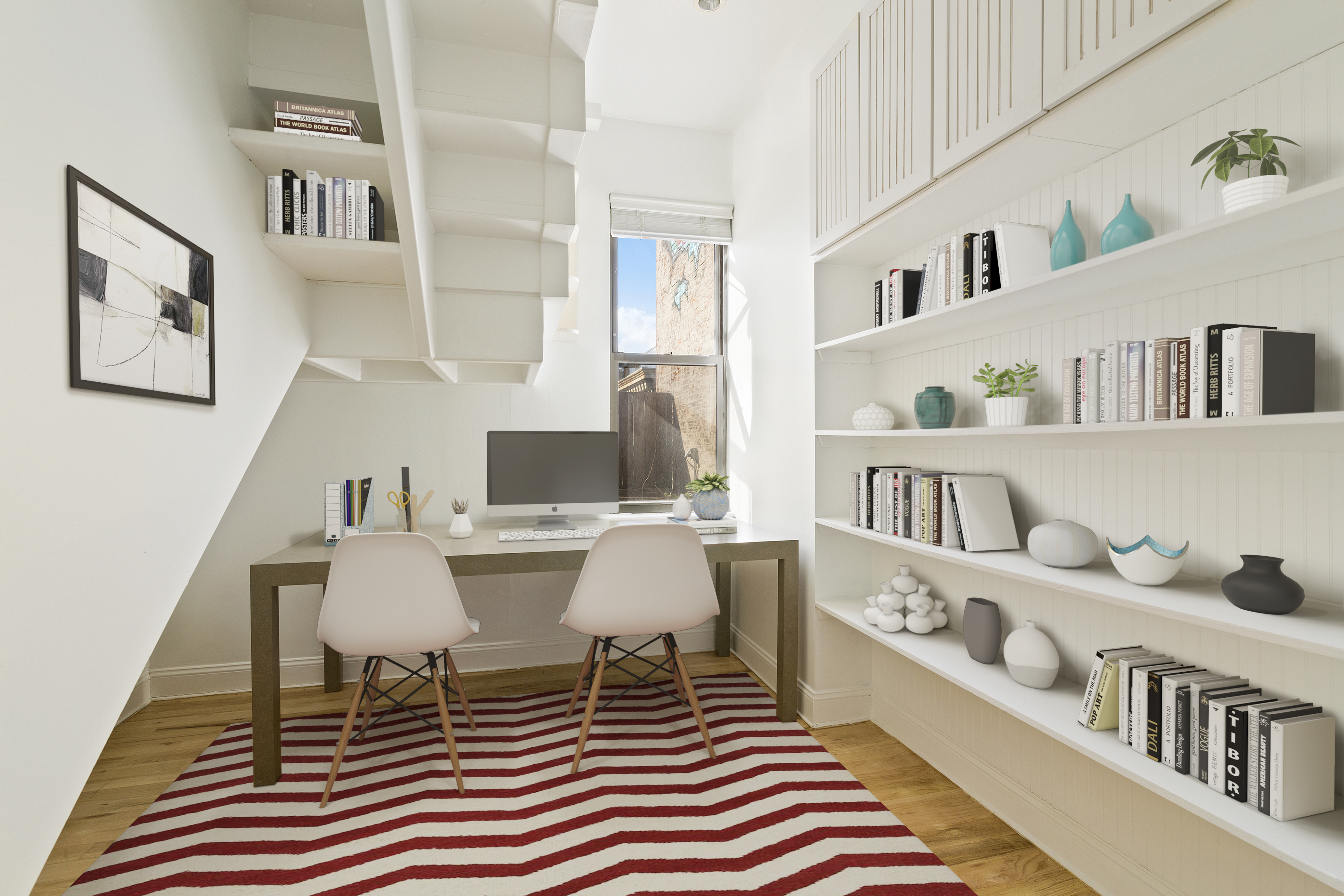Transforming Property Listings: The Power of Virtual Home Staging
In the modern real estate market, standing out is no longer optional—it’s essential. With most buyers beginning their home search online, the quality of listing photos plays a critical role in capturing interest. One innovation that has revolutionized how homes are presented is virtual home staging, a digital technique that showcases properties in the most appealing light without the cost or hassle of physical staging.
Virtual home staging involves using advanced graphic design tools to digitally furnish and decorate empty rooms. Professional designers take high-resolution photos of a vacant property and overlay them with stylish furniture, decor, rugs, lighting, and accessories. The end result is a lifelike image that helps potential buyers visualize the full potential of the space. It turns a bare room into a welcoming, move-in-ready environment—an important psychological boost in the buying process.

One of the biggest benefits of virtual home staging is cost-effectiveness. Traditional staging requires renting or purchasing furniture, hiring movers, and coordinating interior design—all of which can cost thousands of dollars. Virtual staging offers a significantly lower alternative, with high-quality staged images typically ranging from $30 to $100 each. This makes it an ideal solution for sellers on a budget, real estate agents managing multiple listings, or developers marketing newly built homes.
Another advantage of virtual home staging is speed and convenience. Instead of spending days coordinating deliveries and setting up furniture, sellers can have their images staged digitally within 24 to 72 hours. The process is simple: upload property photos, choose a design style, and receive stunning visuals ready to be uploaded to real estate platforms. This quick turnaround is especially valuable in competitive housing markets where timing can be crucial.
Virtual staging also offers unmatched flexibility and customization. Whether the target audience is young professionals, growing families, or luxury buyers, virtual staging can adapt to their tastes. Designers can apply different themes—modern, traditional, Scandinavian, coastal, or farmhouse—to match the property type and appeal to likely buyers. This tailored presentation helps create an emotional connection and allows viewers to imagine themselves living in the space.
However, it’s important to note that transparency and honesty are key when using virtual home staging. Ethical use involves disclosing that the images have been digitally enhanced. Most real estate professionals include a caption such as “Virtually Staged” on modified images to ensure buyers are not misled. This practice maintains trust and helps avoid disappointment during in-person viewings.
In conclusion, virtual home staging is a smart, strategic tool for real estate marketing in the digital age. It helps listings stand out, attract more views, and sell faster—without the expense and effort of traditional staging. Whether you're selling a cozy apartment or a spacious family home, virtual staging can highlight the property’s best features and create a compelling first impression. As more buyers search online and expectations for presentation grow, embracing virtual home staging can give sellers the edge they need to close deals quickly and successfully.
Comments
Post a Comment